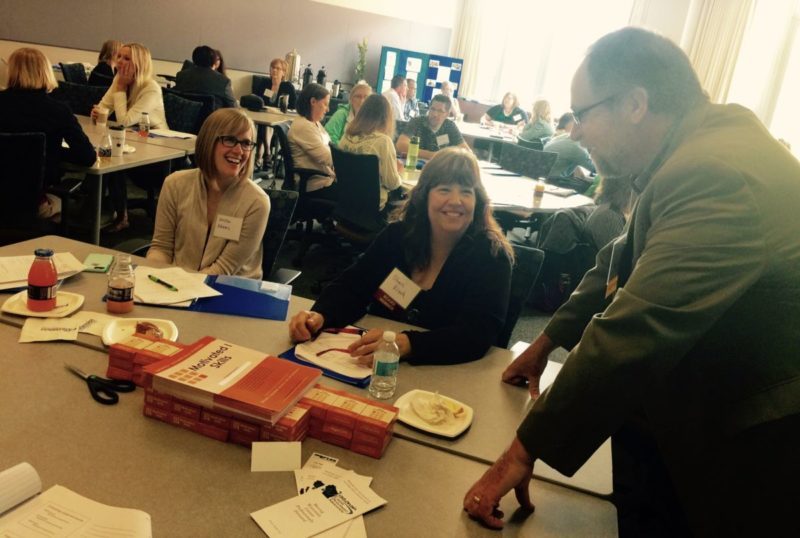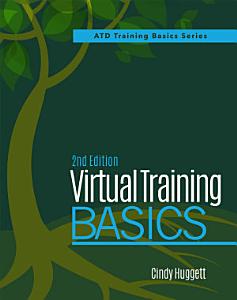Covid-19 forced us to move online for our workshops, classes, networking, trainings, and more. I don’t see this move going away.
I have been teaching online since 2003, mostly as a hybrid, but also with my asynchronous 5-week seminars since 2010. My career coaching has been 95% through Zoom for at least five years now. I’m pretty comfortable online, especially for a huge extrovert. But not everyone is.
I love face-to-face workshops, but…online teaching has it’s place.
Zoom Image by Jagrit Parajuli from Pixabay
As you think about that resume or LinkedIn workshop you’ve always done “live” or maybe introductory orientation style workshops i.e. “this is who we are”, or even networking events; here are some things I’ve learned over the years that I hope you can pick up some nuggets to make your online work easier.
BENEFITS
There are many benefits to the online environment, not the least of which is the reduced travel time. No gas, no wasted time getting there, no parking, easy to end, people can attend from anywhere geographically. It is also very easy to record a Zoom or Google Meet session to share with people who could not attend the “live” show.
Accessibility for some people with physical disabilities may be improved and the ability to attend events for working students and students with families, is greatly enhanced.
DISADVANTAGES
This list will be longer…but, again, this technology and delivery system is not going away. It was already growing before 2020, but Covid-19 really amped up people’s willingness to try it…because they had to. Tele-medicine is now much more readily available to people in rural areas or who do not have transportation.

Here are a few obstacles I deal with when teaching online.
You do not pick up on the non-verbals as well as when you do a workshop in-person or on-site, the people who are “getting it” and want you to speed up and the people who are lost and need you to explain something in a different way. Even the people who need a break are harder to identify in the online environment. When you do an in-person workshop all this is much easier to pick up these nuances.
It takes a little more effort to create natural feeling interaction. In a face-to-face workshop, people are bumping into each other getting a coffee or putting their coat away, and the small talk makes it much easier to start an activity.
Zoom-fatigue is real and we need to be careful about over-using zoom.
PREPPING
Like any workshop, the better you prep, the better the workshop. When teaching online, now you have to add on all the technology and online aspects to your prep. I have 5-week long seminars and a 5-month Facilitating Career Development (FCD) class and for these, I always host a “Week Zero”. This week allows people to get comfortable with the Learning Management System and introduce themselves before the actual seminar or class begins. If you are doing a one-hour workshop, this is probably not needed. But there are still things you should consider doing.
Encourage your participants to check for any updates on the platform. You can also send questions or reading or activities ahead of time so that they come in ready to go.
Build in different ways of learning, just like you would with a live workshop. Consider polls, using a whiteboard or a shared Google Drive, encouraging use of the chat area, and of course breakout rooms. If you use breakout rooms, make sure you give very clear directions as to what they will do and keep it simple. In an in-person workshop, if someone is confused, they can just stop you and ask. Possibly assign a person to report out or ask them to do that first.
THE DAY OF
Download the latest version of whatever platform you are using and encourage your participants to do this as well. I discovered that zoom had done something different with their breakout rooms only after I failed to download the latest version. NOT a good time to find that out.
Restart your computer and possibly clear your browser history. Close everything on your computer that you will not be using. It is so annoying, and possibly embarrassing…to see emails or calendar reminders come in. They don’t need to know that it’s grandma’s birthday or your partner is reminding you in an email to turn the crockpot on.
Realize that things simply take longer on a video-conference. Nearly everything does. Getting people in. Asking if there are questions. Saying “please turn on your mike” 20 times takes time. If you have prepared well, you will know what you can skim or skip and where you need to spend the time to get the competency across.
If you are going to have a number of people introduce themselves or answer a prompt, consider setting the order, rather than say, “who wants to go first?” It is often easier to say, “Let’s start with Mike, then Jane, then Maha.” Let them speak, then pick the next three or four.
CONCLUSION
This pandemic stinks. I don’t like it and I’m sure you don’t either. But there really have been a lot of good things that have come out of it. I now Zoom-chat with my four siblings and 95 year old dad spread out over four states. I now communicate with my PCP when in years past I had to make an appointment to go in and see her.
I have used zoom for my career coaching clients for years now and always had to explain what it was…not anymore 🙂 No matter what platform you use, Zoom, Google Meet, Go To Meeting, whatever, people are more comfortable.
How do you plan to leverage this in the future?
Barrier image Image by Saveliy Morozov from Pixabay
Jim Peacock is the Principal at Peak-Careers Consulting and writes a weekly email for career practitioners. Peak-Careers offers discussion-based online seminars for career practitioners focused on meeting continuing education needs for CCSP, GCDF and BCC certified professionals as well as workshops for career practitioners and individual career coaching.
He is the author of A Field Guide for Career Practitioners: Helping Your Clients Create Their Next Move and the recipient of the 2020 Kenneth C. Hoyt Award from the National Career Development Association.
Sign up here to receive my TOP 10 TIPS WHEN WORKING WITH AN UNDECIDED PERSON. You will also receive the career practitioner’s weekly email on a variety of career topics, industry news, interesting events, and more.






